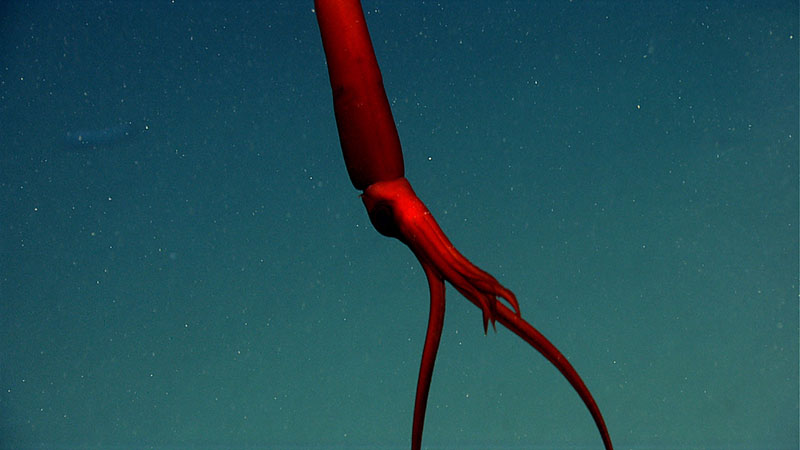NOAA Atlantic Canyons Campaign Informs Mid-Atlantic Fishery Management Council Planning
December 15, 2014
Upon request from the Mid-Atlantic Fishery Management Council (MAFMC), Dr. Martha Nizinski, National Marine Fisheries Service (NMFS) Zoologist, presented relevant results from NOAA’s multi-year campaign in the Northeast Atlantic Canyons to Council members and the public on December 12. The request follows from a MAFMC decision to consider mechanisms to protect deep coral habitats in offshore canyons. Council members are using the information to prepare for the next set of meetings where MAFMC will hear public comment on proposed broad and discrete zones.
The various options under Council consideration incorporate data and information from multiple NOAA cruises conducted between 2011 and 2014. From NOAA, besides NMFS, partners were the Office of Oceanic and Atmospheric Research; National Ocean Service; National Environmental Satellite, Data, and Information Service; and Office of Marine and Aviation Operations, and external partners included a NOAA Cooperative Institute and numerous others.
Though the full breadth of recent NOAA work in the Atlantic canyons includes more than 23 cruises on five NOAA ships (Okeanos Explorer, Henry B. Bigelow, Ferdinand R. Hassler, Ronald H. Brown, and Nancy Foster), MAFMC is only considering the subset of data from areas within their jurisdiction.
Dr. Nizinski is the NMFS lead for the Northeast Deep Coral Regional Initiative and Chief Scientist of multiple canyon cruises. She has been a critical partner to OAR’s Office of Ocean Exploration and Research (OER) and helped develop and implement the Atlantic Canyons Undersea Mapping ExpeditioNs (ACUMEN) concept and subsequent expeditions.
The effort demonstrates NOAA’s ability to proactively bring diverse partners together, maximize NOAA’s observational infrastructure, and advance strategic goals for habitat in the region. In this effort, OAR is supporting NOAA and partner operations and management priorities. OER provided OAR’s contribution to the cross-NOAA effort.
